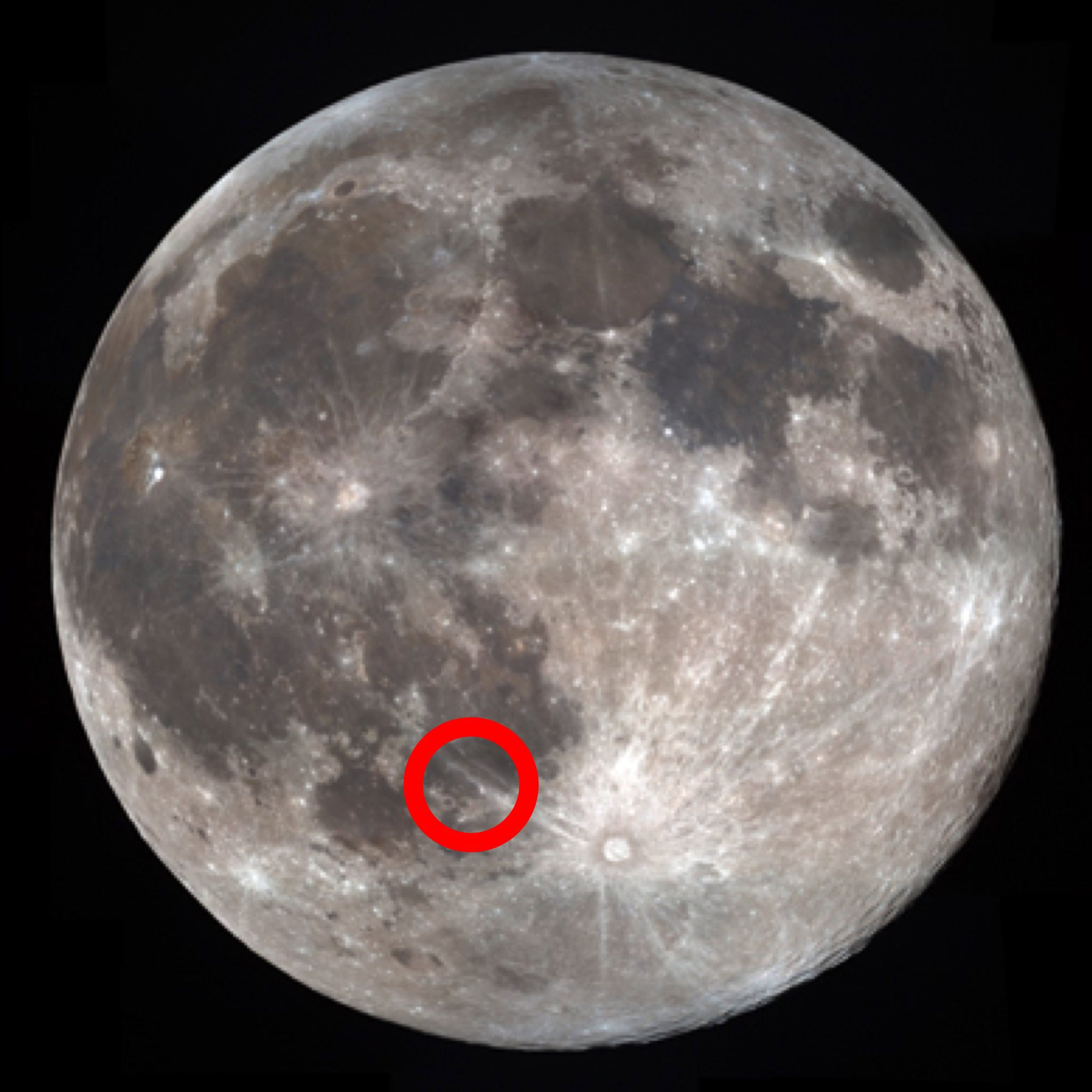
Lunatic’s Corner: Crater Bullialdus
June 2022 :
Lunatic’s Corner is a new bi-monthly column discussing all things lunar with origins in Skyscrapers Lunar Observing Program group.
This month’s topic is the crater Bullialdus. Bullialdus is the latinized name of Ishmael Boulliau, a 17th century French priest, astronomer, and mathematician. He lived from 1605-1694, was a prolific letter writer, and actively involved with scientific societies of his time. Thousands of letters survive today, giving us key insights into this interesting man and his colleagues. He was a contemporary and correspondent of Galileo, Hevelius, Huygens, Pascal, and Gassendi to name a few.
In 1645, he published Astronomia Philolaica, considered the most important book on astronomy in the time between Kepler and Newton, where he discusses details of planetary motion and Kepler’s ellipses. Boulliau was also an early supporter of Copernican theory and the first to surmise that gravity followed the inverse square law, later to be confirmed by Newton.
The crater bearing his name is the most prominent crater within the Mare Nubium (Sea of Clouds) in the south-west quadrant of the Moon. The crater is about 40 miles wide and 2 miles deep. The central peaks rise to a height of about 8,000 ft. and have a raised ridge that runs from the central peaks to the south-east wall. It is a complex crater having central peaks and high, terraced walls that show signs of landslips. The floor of the crater is rough with low rises and thought to have an unusual convex shape.
Nearby craters include the flooded crater Lubiniezky to the north-west and the smaller crater, Konig, to the south-west. There are also a series of 10 craters surrounding the main crater that have letter designations, the most prominent being Bullialdus A and Bullialdus B. When viewed at a high sun angle, the central peaks and rim are very bright with bright spots visible on the crater floor. Bullialdus is best viewed around lunar day 10 (waxing gibbous) and lunar day 24 (waning crescent) . Point your telescope at crater Bullialdus on a clear, moonlit night and you will not be disappointed!

LROC WAC 100 m/pixel mosaic of Bullialdus crater[NASA/GSFC/Arizona State University].



